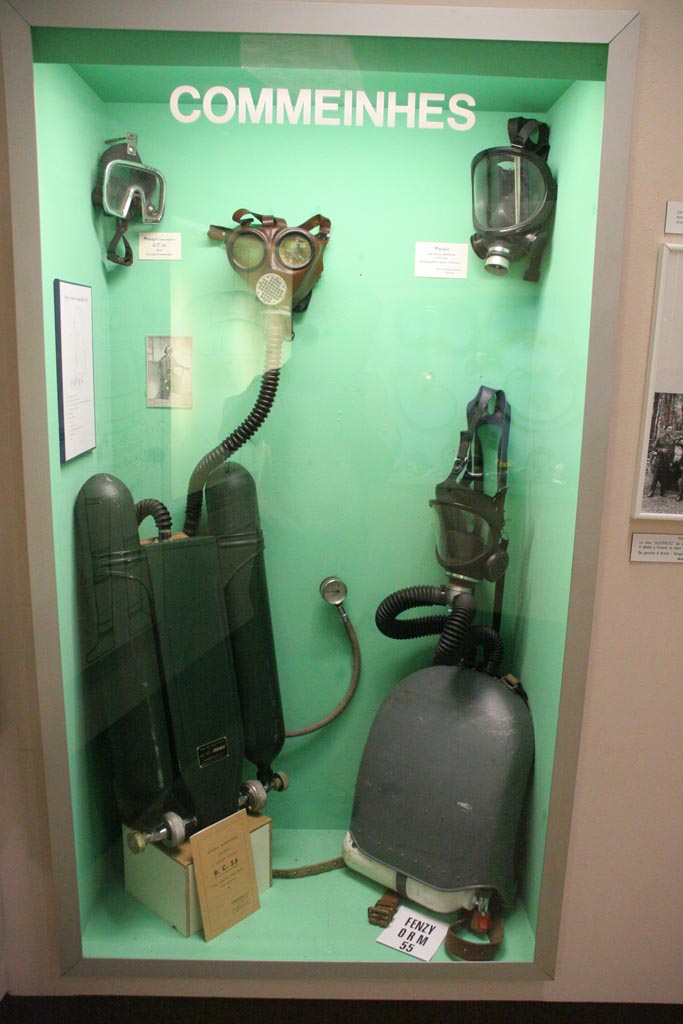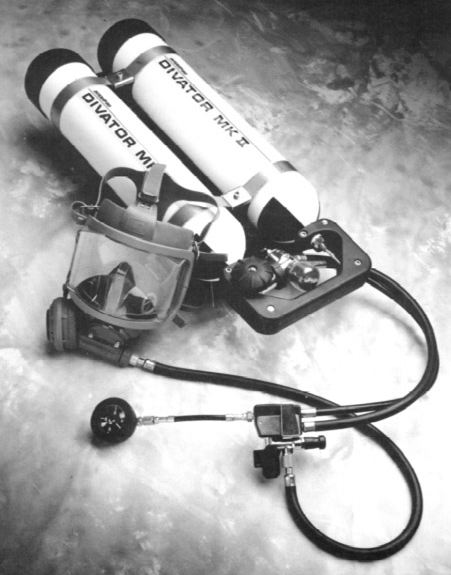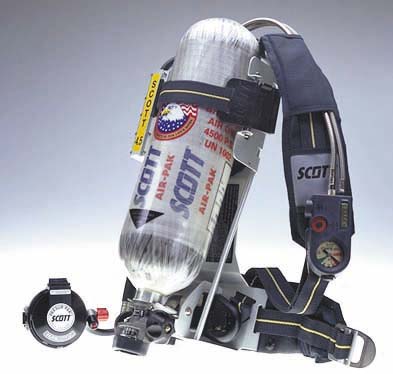Yes, many divers seem to make that mistake. You do not want to have lots of excess air in the suit as it can be hard to manage, but on the other hand you do not want to dive it in a constant state of squeeze either. If the suit fits properly (ie. not too large), carrying enough air to keep the suit comfortable and to ensure full mobility will not pose any air management/buoyancy problems.
Range of motion is important and squeeze can kill you. There have been cases where technical divers jumped off a boat with their gas off and plummeted to the bottom with the suit squeezed from entry to the point that they could not reach their valves and consequently drowned.
There are times when jumping off a boat in heavy current where I want to drop straight to the line to pull my self forward and will jump in with no gas in the suit or the wing to facilitate that, but when I do, I double check to ensure the posts are both on and the inflators connected.
Range of motion is important and squeeze can kill you. There have been cases where technical divers jumped off a boat with their gas off and plummeted to the bottom with the suit squeezed from entry to the point that they could not reach their valves and consequently drowned.
There are times when jumping off a boat in heavy current where I want to drop straight to the line to pull my self forward and will jump in with no gas in the suit or the wing to facilitate that, but when I do, I double check to ensure the posts are both on and the inflators connected.






